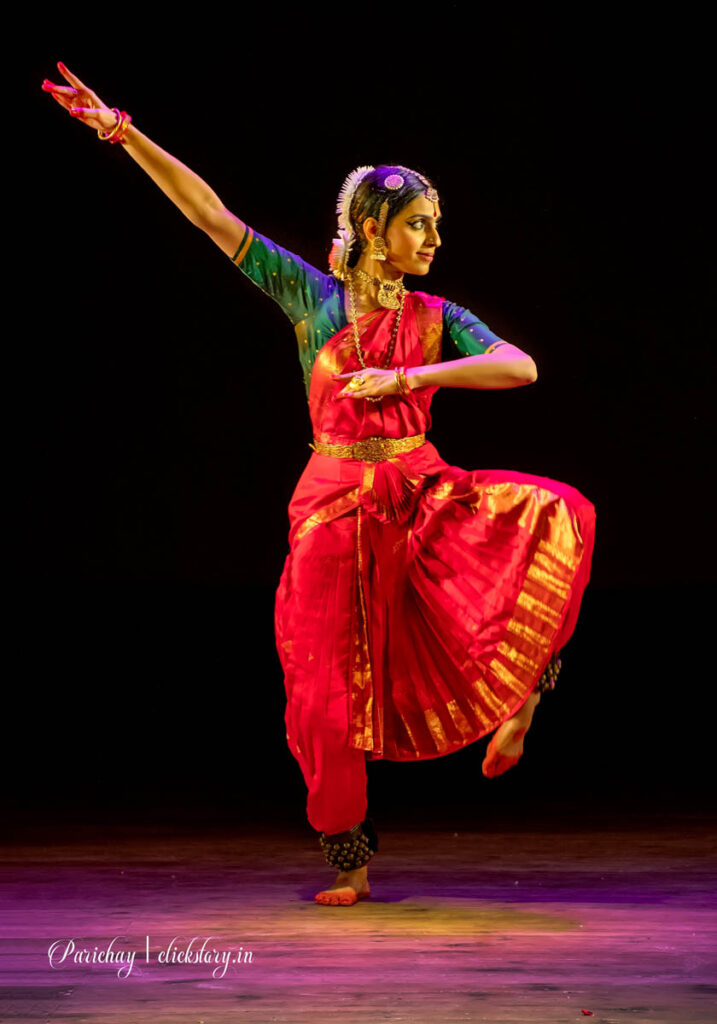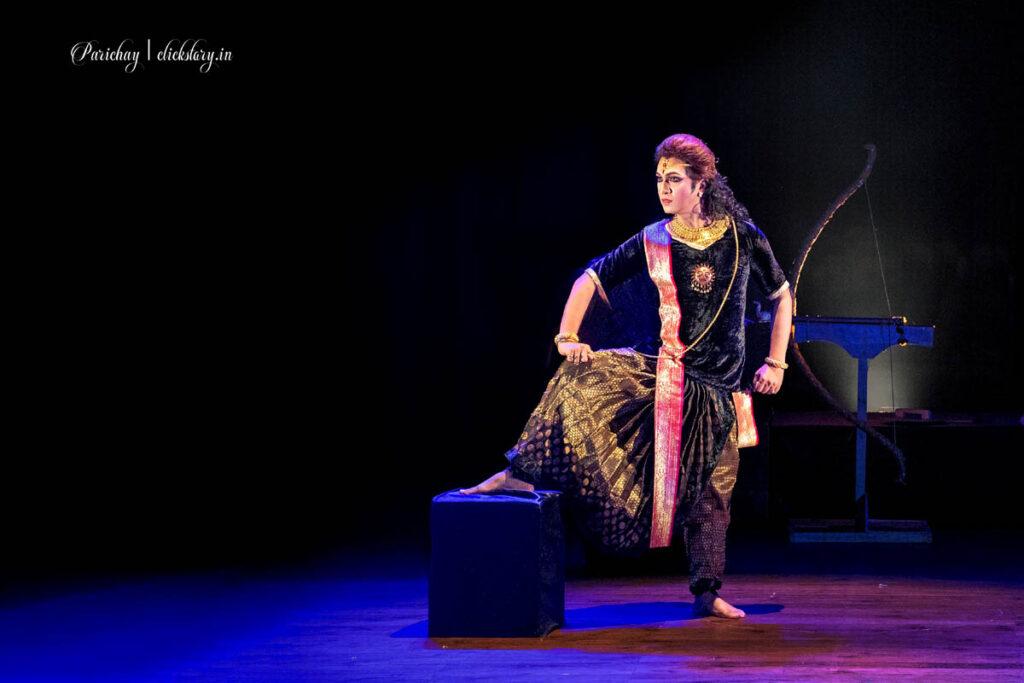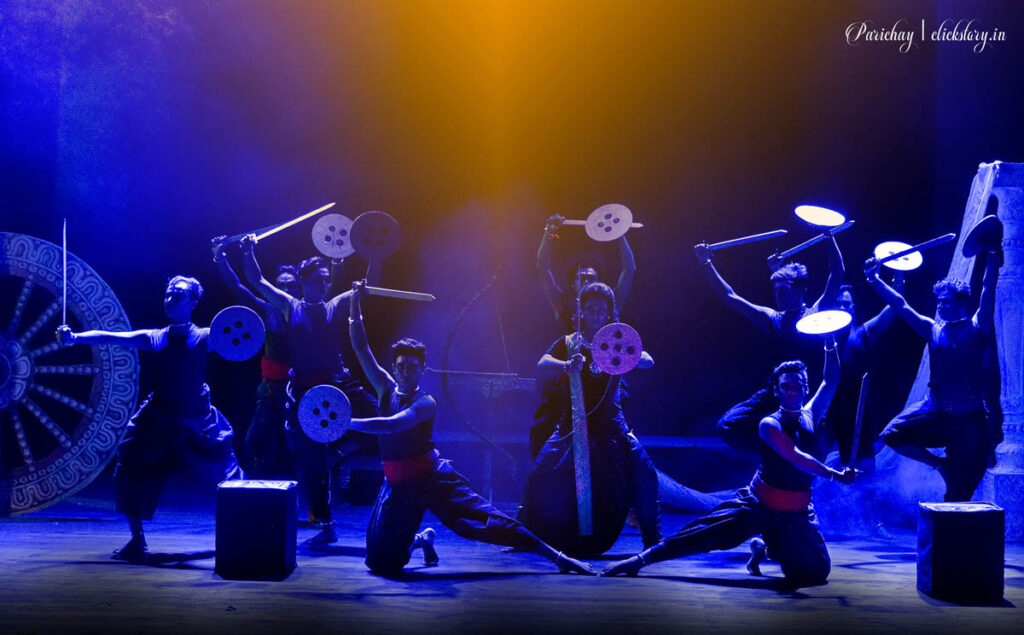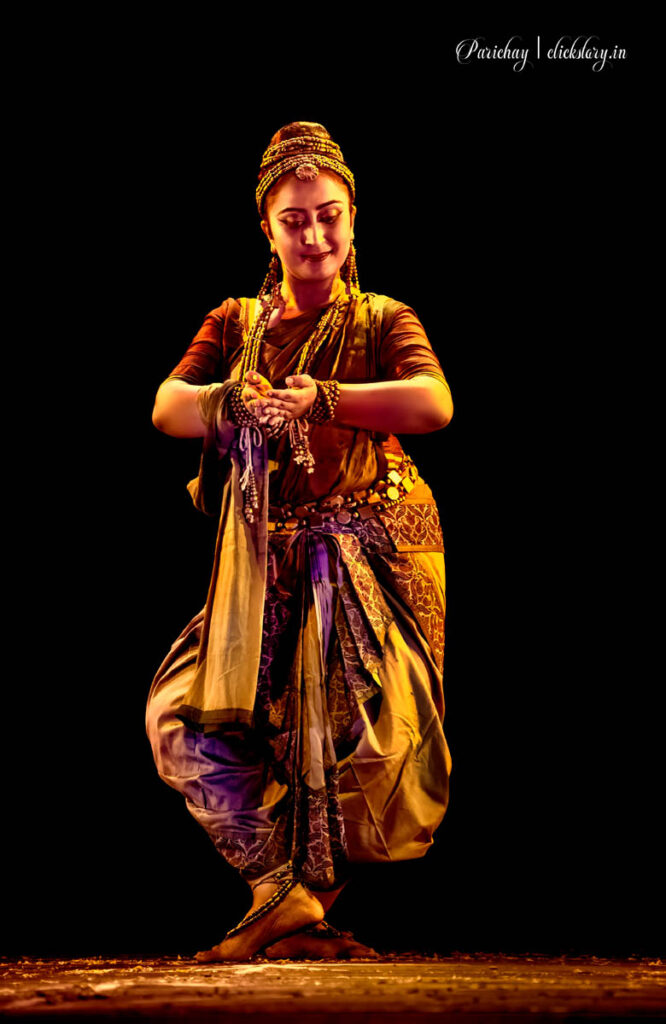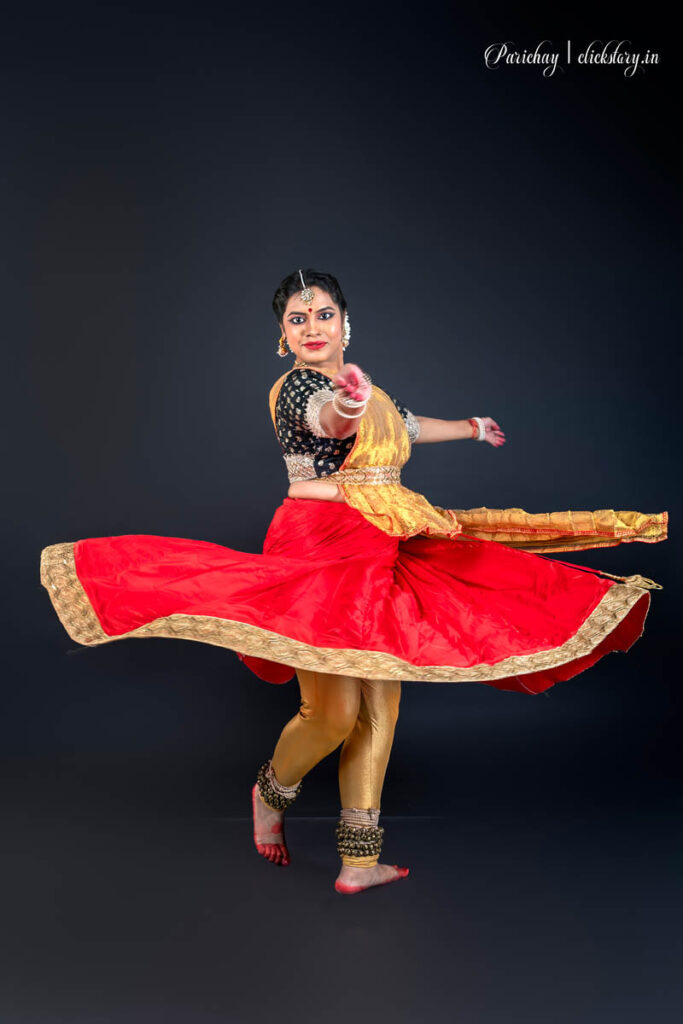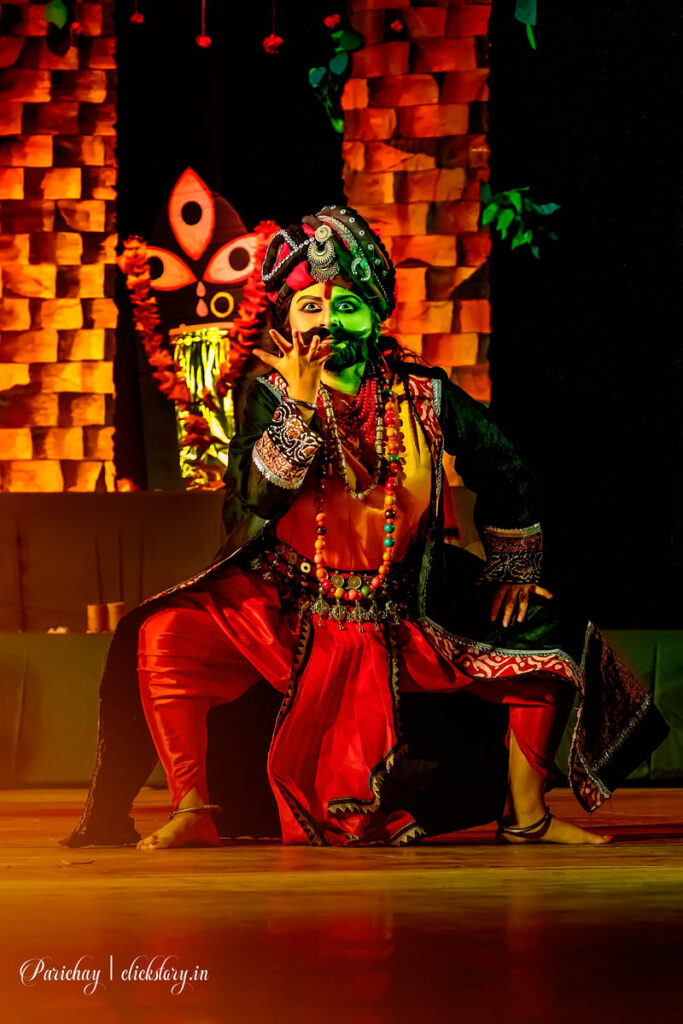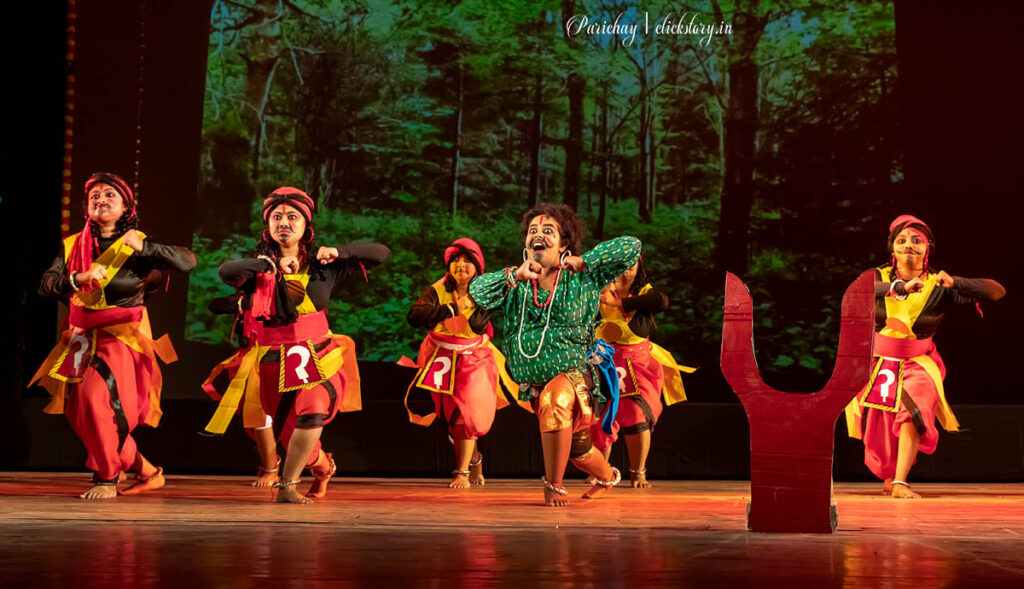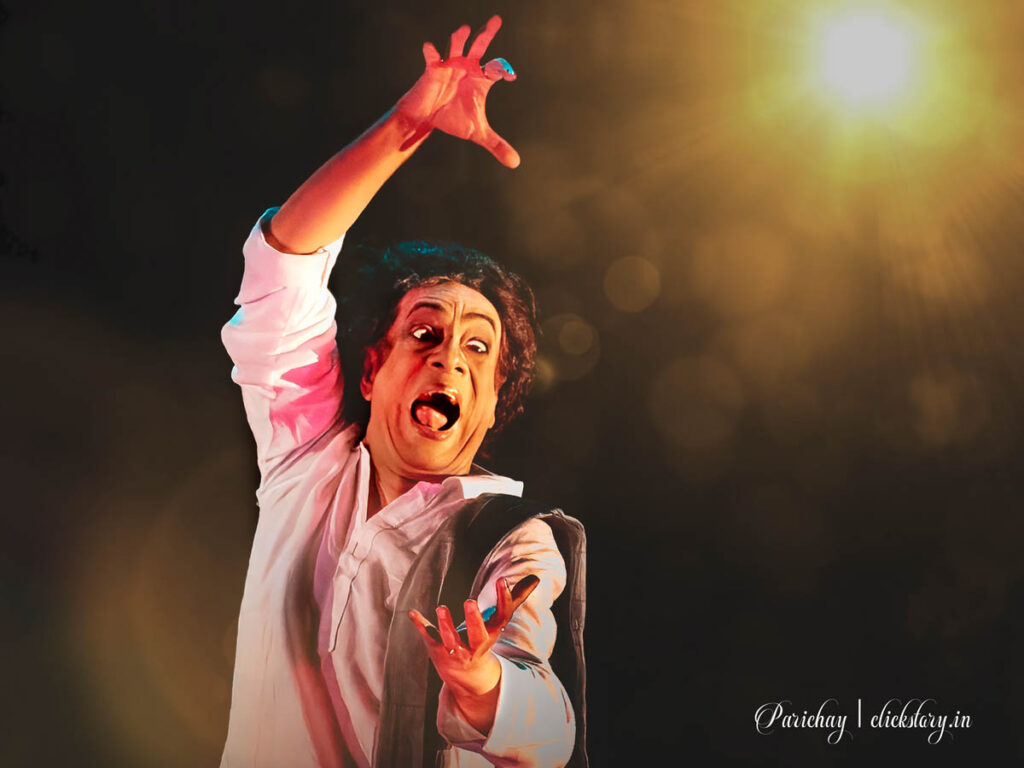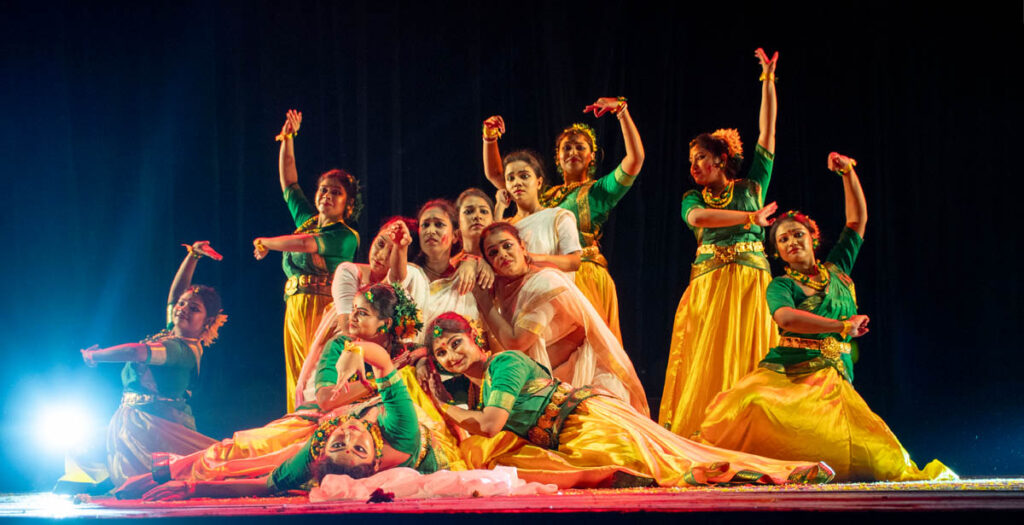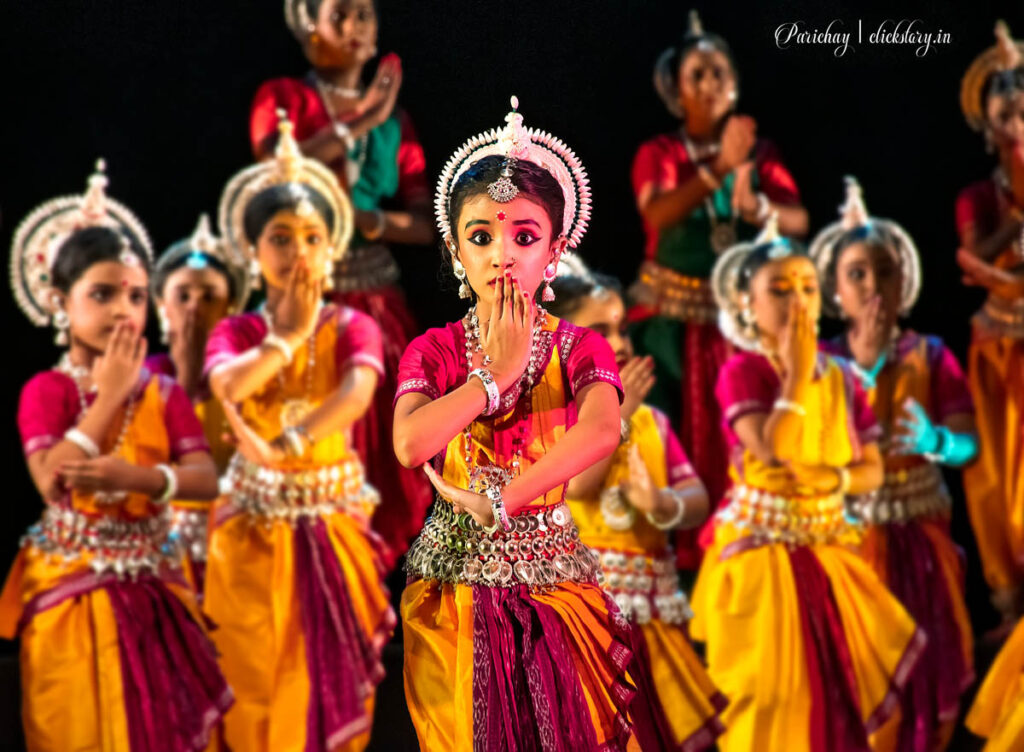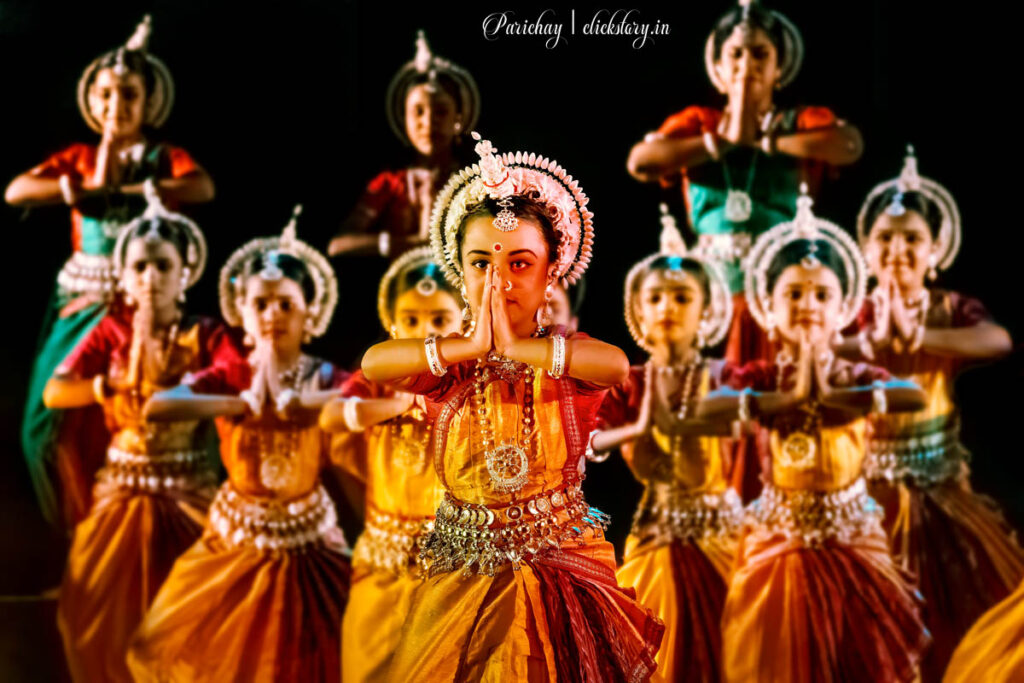Indian dancers are known for their beautiful art forms that reflect the country’s rich culture and traditions. However, they face many challenges today. Issues like financial instability, limited job opportunities, and a lack of support make it difficult for them to pursue their passion. The impact of events like the COVID-19 pandemic has made things even tougher, forcing many dancers to rethink their careers. Despite these obstacles, Indian dancers are finding new ways to survive and thrive.
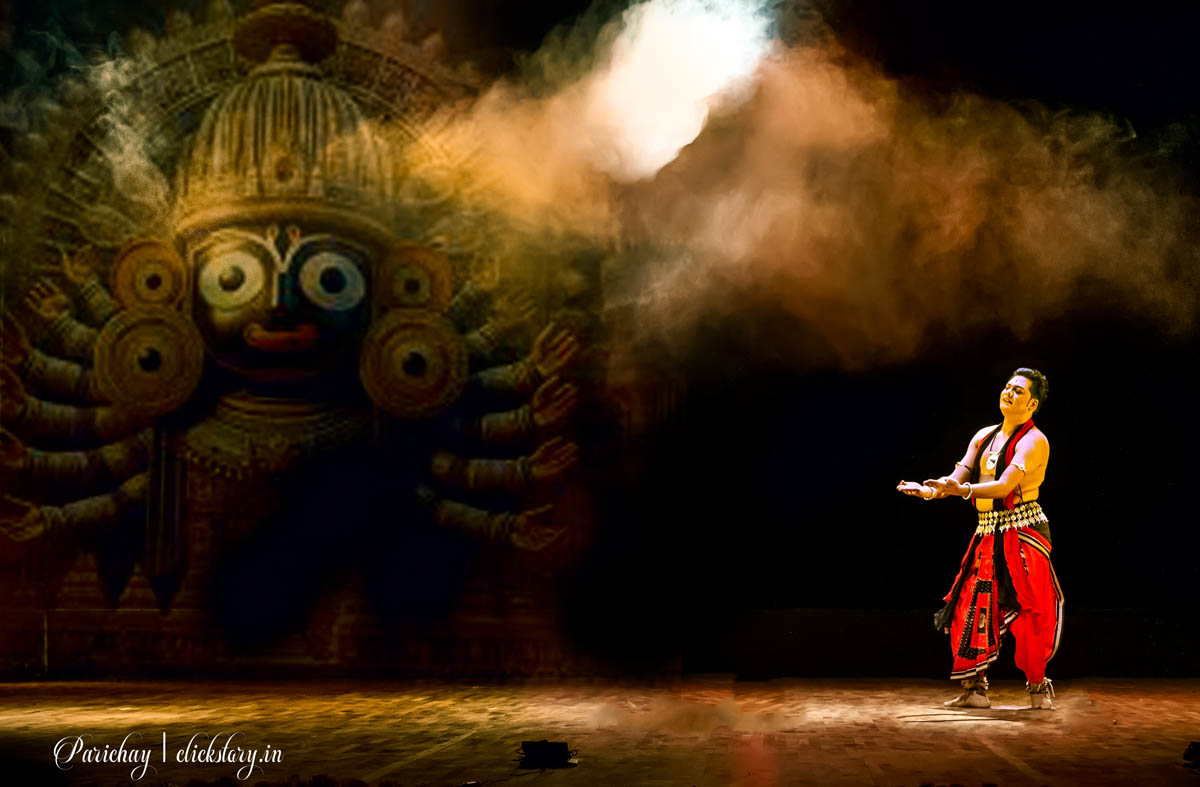
Recent Challenges
Economic Instability:
- Financial Strain: Many dancers rely on performances, workshops, and teaching for their income. The COVID-19 pandemic severely disrupted live performances, leading to a significant loss of income. While digital platforms have provided some alternatives, they often do not offer the same financial returns.
- Funding Cuts: With cultural funding being one of the first areas to face budget cuts, many dance companies and individual artists struggle to find financial support for projects and performances.
Cultural Dilution:
- Commercialization: The rise of Bollywood and commercial dance has shifted audience preferences towards more mainstream, often less traditional, forms of dance. This trend can dilute the rich narratives and intricate techniques of classical dance, leading to concerns about the preservation of cultural heritage.
- Global Influence: The fusion of Indian dance with Western styles can sometimes overshadow traditional forms, making it challenging for classical dancers to find their place in a rapidly evolving dance landscape.
Lack of Accessibility:
- Training Opportunities: While there are many prestigious institutions for classical dance, access to quality training can be limited, especially in rural areas. Aspiring dancers often face financial barriers and lack of exposure to expert teachers.
- Representation: Many underrepresented communities still struggle to find visibility in the dance world, limiting the diversity of stories and styles presented.
Changing Audience Preferences:
- Attention Span: In an age of instant gratification, audiences may favor shorter, more visually stimulating performances over traditional, lengthy classical dances, which can lead to decreased engagement.
Cultural Appropriation:
- Misrepresentation: As Indian dance gains international popularity, there is a risk of cultural appropriation, where traditional elements are taken out of context or misrepresented. This can dilute the cultural significance and authenticity of the dance forms.
Pathways to Survival
Despite these challenges, there are several strategies that Indian dancers can employ to thrive in the contemporary landscape:
Embracing Digital Platforms:
- Online Classes and Performances: Dancers can leverage social media and streaming platforms to reach wider audiences. Virtual performances and workshops can provide an additional income stream while keeping audiences engaged.
- Content Creation: Creating engaging content on platforms like Instagram, YouTube, or shots can help dancers build a following and attract sponsorships or collaborations.
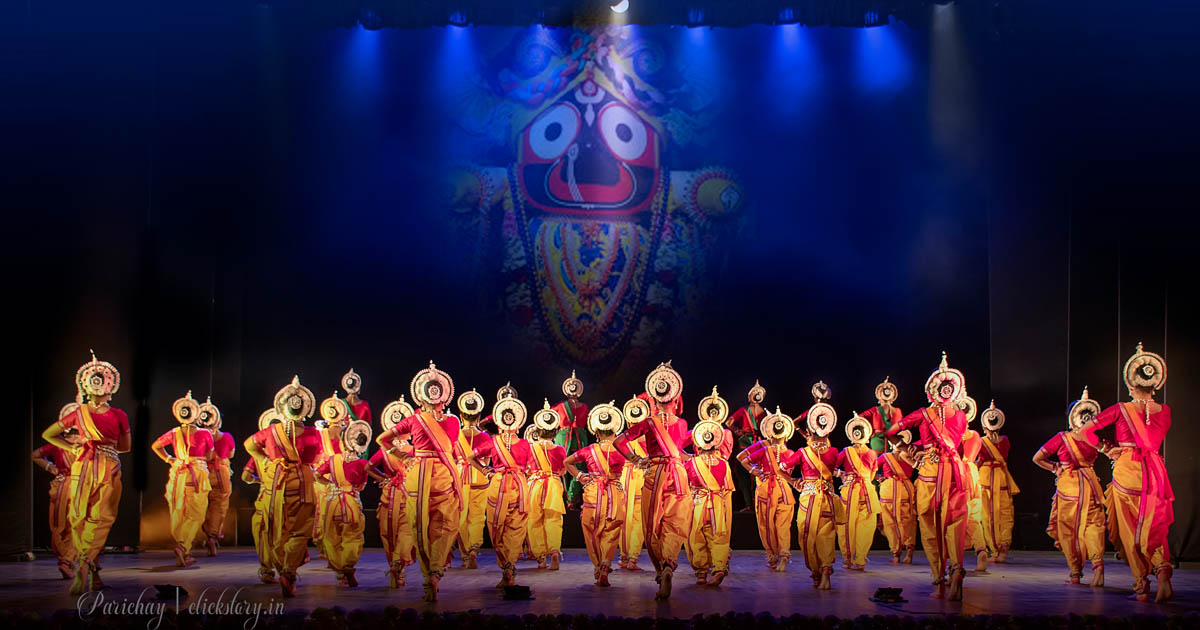
Diversification of Skills:
- Cross-Training: Dancers can expand their repertoire by learning different dance styles, which can enhance their versatility and marketability. This can also lead to innovative fusions that attract diverse audiences.
- Teaching and Workshops: By offering classes and workshops, dancers can share their expertise. They can reach new audiences and create additional revenue streams.
Building Community Support:
- Collaborations: Forming partnerships with other artists and cultural organizations can create a stronger network. Collaborative projects can draw in larger audiences and share resources.
- Grassroots Movements: Engaging with local communities through performances, outreach programs, and workshops can build a loyal following. It fosters appreciation for traditional forms.
Focusing on Education and Advocacy:
- Training the Next Generation: Establishing mentorship programs can help cultivate new talent while preserving traditional techniques and narratives. Educators can also advocate for the importance of cultural heritage in school curriculums.
- Cultural Advocacy: Dancers can engage in conversations about cultural appropriation and representation. It ensures that their art is respected and accurately portrayed.
Innovative Storytelling:
- Reimagining Narratives: Dancers can explore contemporary themes and social issues through traditional dance. It makes their performances more relatable and engaging to modern audiences.
- Interactive Performances: Incorporating audience participation or multimedia elements can enhance engagement and create a memorable experience.
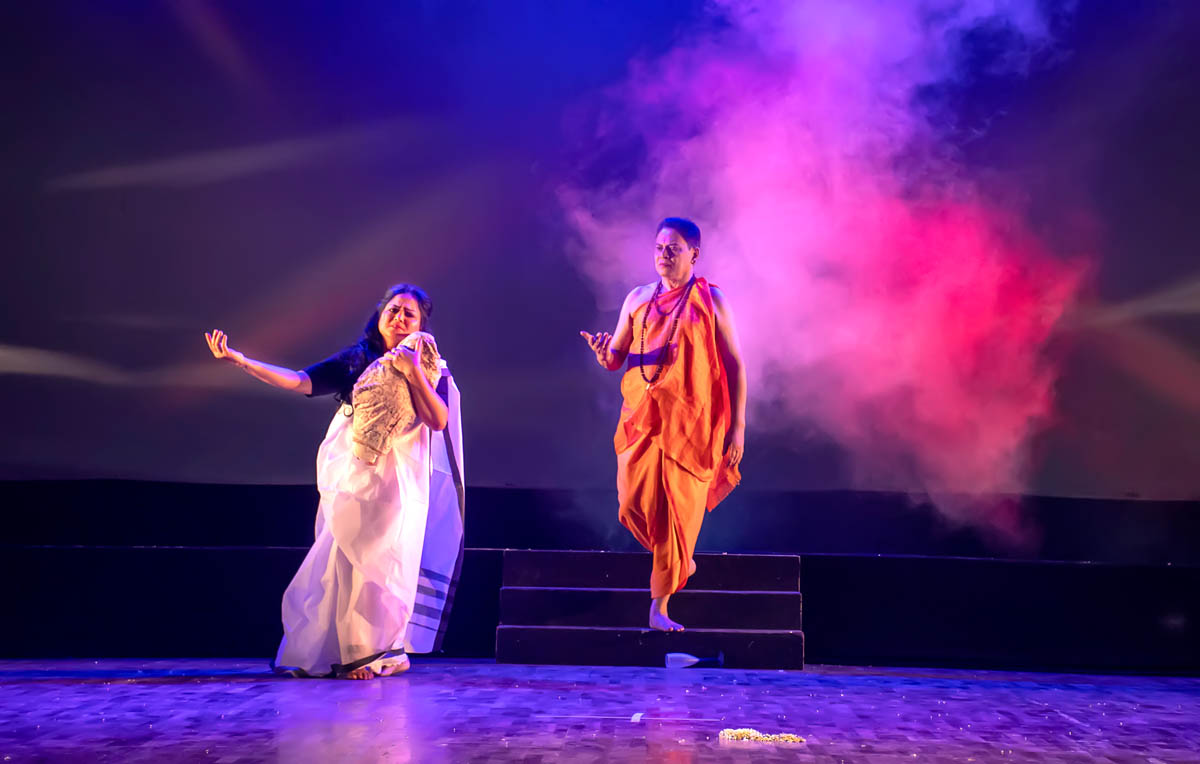
Seeking Financial Support:
- Grants and Sponsorships: Dancers should actively seek out grants, sponsorships, and crowd-funding opportunities to support their projects. Building relationships with cultural institutions and organizations can also open doors for financial backing.
Conclusion
The challenges facing Indian dancers today are significant, but they are not insurmountable. By embracing innovation, diversifying their skills, and building supportive communities, dancers can navigate the complexities of the modern dance landscape. The resilience of Indian dance lies not only in its rich traditions but also in its ability to adapt and evolve.
As dancers continue to honor their cultural heritage while engaging with contemporary themes, they will ensure that Indian dance remains a vibrant and relevant form of expression for generations to come. The future holds potential for growth, creativity, and a renewed appreciation for the artistry and significance of Indian dance.


